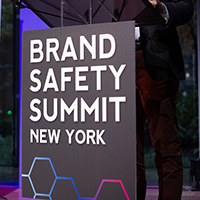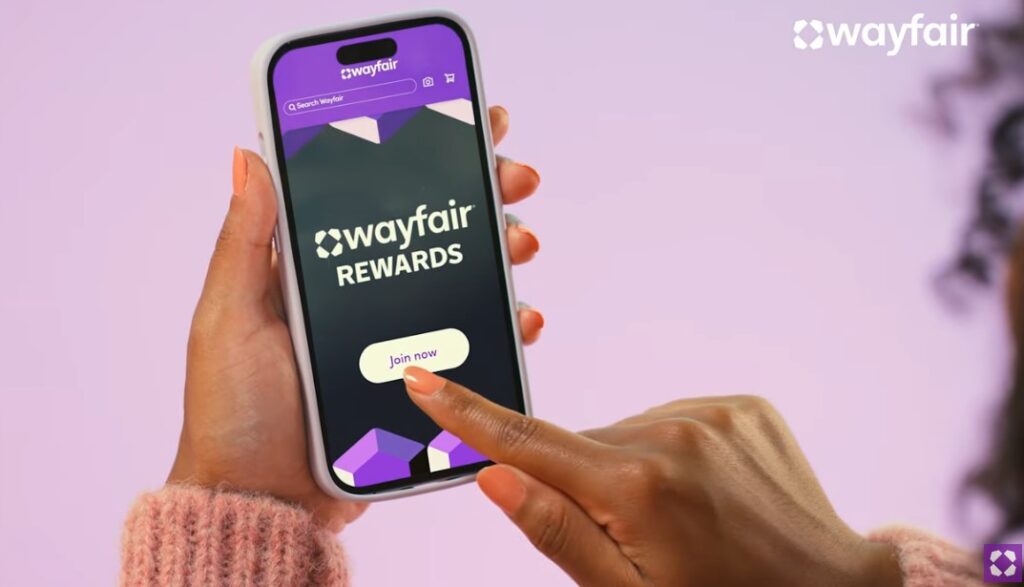Spending on brand activation marketing in the U.S. rose 5.5% in 2015 to more than $560 billion, accounting for almost 60% of advertisers’ budgets.
 This year, brand activation is expected to grow 6%, to nearly $600 billion, and is projected to top $740 billion by 2020, according to a new study by the ANA in partnership with PQ Media.
This year, brand activation is expected to grow 6%, to nearly $600 billion, and is projected to top $740 billion by 2020, according to a new study by the ANA in partnership with PQ Media.
Spending on brand activation, as defined by the ANA—relationship, influencer, promotional, content, experiential and retailer marketing—accounted for 59.8% of overall marketing expenditures, the report found. At the same time, spending on traditional and digital measured advertising represented 25.2%, and investment in trade promotions came in at 15%.
“End users are spending more time with media, but they are less engaged with advertising and marketing as a result of several key trends, including the fast growth of smart-tech products and mobile media, consumer adoption of ad-skipping devices, increased media multitasking with digital devices, and the growing consumption of media outside the home,” Patrick Quinn, president and CEO of PQ Media said. “As a result, it’s imperative for brands to more effectively use media strategies and channels that provide opportunities for higher engagement.”
The study also found:
- Brand activation spending would continue to outpace spending on advertising and trade promotions over the next four years
- The number of media outlets has tripled in the last 40 years, with media buyers now having to choose from over 200 options.
- About 57% of brand activation marketing is outsourced to media and other companies.
- Relationship marketing is the largest of six brand activation marketing platforms, while content marketing is growing the fastest.
- Customer services and telesales are the largest of 32 brand activation channels; mobile apps and proximity services are growing the fastest.
- Automotive is the largest category of 21 industry verticals using brand activation marketing, at $54.5 billion in 2015.
 Network
Network

